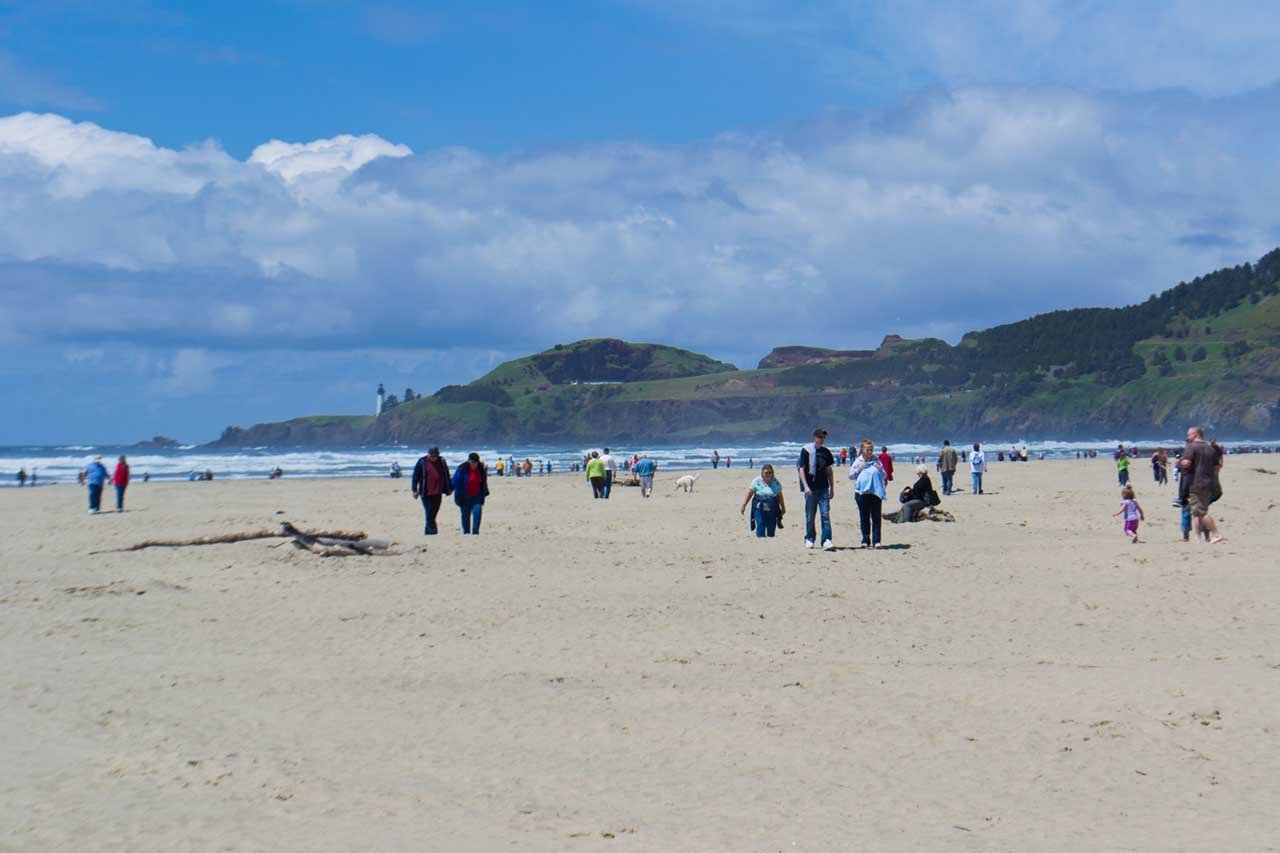Oregon’s Agate Beach Ranks Among America’s Dirtiest in New Bacteria Study

In a recent Tideschart study analyzing the levels of the bacteria Enterococcus on American beaches, the California coast was found to be the dirtiest, with seven beaches exceeding safe levels. Oregon’s Agate Beach State Wayside ranked 7th out of the top 10 most contaminated beaches.
Beaches with The Highest Levels Of Bacteria
The Tideschart study analyzed the Environmental Protection Agency’s (EPA) data on beach water quality from January 2024 through March 2025 to identify the dirtiest beaches.
Using their Most Probable Number (MPN), researchers estimated the number of bacterial organisms present per 100 milliliters of the sampled water.
The EPA recommends that on saltwater beaches, Enterococcus bacteria should not exceed 104 MPN per 100mL.
The worst-performing beach in the study, California’s Tijuana Slough National Wildlife Refuge, contained 5,174 MPN per 100 mL— around 50 times higher than the EPA recommendation, earning it the dubious honor of being the dirtiest beach in the US.
Ironically, California also had the cleanest beaches: Dana Point and Aliso Beach logged just 1 MPN per 100mL. Ranking 7th place, Oregon’s Agate Beach State Wayside showed bacterial levels of 1,921 MPN per 100 mL – still over 18 times the EPA-recommended safe level.
The Enterococcus bacteria are seen as an indicator organism for fecal contamination and can cause everything from stomach upsets, UTIs, bacteremia (bacteria in the bloodstream), breathing problems, and infected wounds, through to meningitis (an infection that inflames the brain’s membranes).
Often seen as a result of sewage, Enterococcus can also originate from humans, animals, and organic sources such as decaying seaweed, usually making it much more complicated to determine the source.
The most bacteria-polluted beaches in America in the Tideschart study were:
| Rank | Beach | State | Enterococcus level (MPN/100mL) |
|---|---|---|---|
| 1. | Tijuana Slough National Wildlife Refuge | California | 5,174 |
| 2. | Border Field State Park | California | 3,195 |
| 3. | Islais Creek Channel | California | 2,973 |
| 4. | Imperial Beach municipal beach | California | 2,665 |
| 5. | Mission Bay Channel | California | 2,219 |
| 6. | North Imperial Beach | California | 2,010 |
| 7. | Agate Beach State Wayside | Oregon | 1,921 |
| 8. | Gray’s Beach | Maine | 1,352 |
| 9. | Woodbury | Maine | 900 |
| 10. | Aquatic Park | California | 892 |
Tideschart founder Ryan Blundell, founder of Tideschart, advised on staying safe at the beach when it comes to bacteria:
- Notices to close beaches are issued when high levels of harmful bacteria have been confirmed. Always listen to local authorities if they close beaches- the warnings aren’t advisories.
- Avoid swimming for at least 48 hours after heavy rain due to runoff
- When you do swim, protect any open wounds.
- Dry sand can carry significantly higher levels of fecal matter than the water itself, as sand acts as a natural UV shield for bacteria beneath the surface. This allows the bacteria to survive longer and even multiply in the sand itself.
